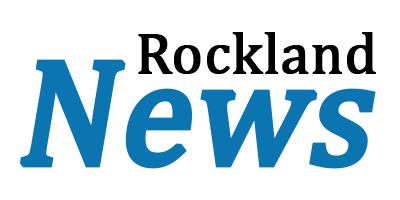By Carlos Martinez, LMSW, CEO/Executive Director BRIDGES in Rockland County
As New York State forges ahead with its plan to consolidate 600 Fiscal Intermediaries (FIs) into a single entity, the implications for our consumers and their caregivers cannot be overstated. The intentions and motivations behind this move are sketchy at best, with PPL and 1199 SEIU appearing to have been in discussions and agreements long before any decision was announced to implement a single FI. Even the narrative surrounding fraud, waste, and abuse produced little to any evidence that the Consumer Directed Personal Assistance Program (CDPAP) is an outlier among all Medicaid-funded services. This entire move is callous and irresponsible. Even more troubling is the proposed timeline, raising serious concerns about potential disruption, confusion, and harm to consumers in the program.
Recent transitions in other states serve as cautionary tales. Pennsylvania transitioned from 35 providers down to 1. Out of 22,000 people who were supposed to be transitioned, only 8,000 were left –roughly 65% of individuals losing their services. Many likely returned to higher levels of care, including traditional home care and nursing homes—a major disruption indeed. In January 2024, Massachusetts set a timeline of 19 months to transition just 70,000 caregivers in its program to a new single Fiscal Intermediary. This extended timeline reflects the complexities and challenges involved in such transitions. In stark contrast, New York is attempting to transition over 250,000 individuals and some 300,000 caregivers in an alarming 3 to 4 months. This timeline is both unrealistic and risky to the disabled people the program is designed to support.
Transitioning caregivers and consumers is not a logistical exercise; ensuring continuity of care, maintaining relationships built on trust, and providing the necessary training and support to everyone impacted by the program is paramount. The scale and speed of New York’s proposed transition will lead to significant disruptions of homecare.
At minimum, a two-year timeline must be considered to facilitate such a transition. Even at this extended pace, PPL would still be tasked with managing approximately 10,000 transitions each month—a daunting challenge that may not be achievable given the complexities involved. This kind of rapid change could overwhelm both the new FI and the caregivers, resulting in delays, errors, and ultimately, a breakdown of services.
Moreover, the implications of a rushed transition extend beyond mere logistics. The emotional and psychological impact on consumers—many of whom are navigating the complexities of disability and health challenges—cannot be overlooked. Abrupt changes can lead to anxiety and uncertainty, creating a ripple effect harming our community’s overall well-being.
The growth of CDPAP was in large part the result of NYS implemented policies. In 2012, Managed Care companies came with large monthly capitated rates paid to plans at the beginning of the month regardless of how much care a person needs, incentivizing the need for programmatic growth to expand a health plan’s bottom line. NYS also decided on mandating CDPAP to be the first option offered to everyone enrolling into Medicaid for long term care. This process, which took place after managed care, caused enormous enrollment growth. NYS approves who is enrolled. The state and the Health Plans also decide how many hours someone will be authorized, NOT the FI’s (providers).
CDPAP was designed by and for people with disabilities. Our communities have consistently stated, “Nothing about us without us!” Why is NYS making abrupt decisions about a program that requires the input of the very community that designed and built it? Excluding us to appease special interest groups like SEIU 1199 and large for-profit corporations like PPL is why our communities continue to distrust the government.
In a system designed to provide support and care, the mantra should be “do no harm.” New York State must pause to reassess its approach, taking the time necessary to develop a better solution, prioritizing input from consumers, caregivers, and advocates. The stakes are too high to rush into a process that could lead to unintended consequences.
We must learn from the experiences of other states and avoid the pitfalls of haste. The well-being of New York’s disability community, including those using CDPAP, depends on it.
BRIDGES was founded in 1987 under the name Rockland Independent Living Center (RILC). It is a community-based, peer-driven, cross-disability, not-for-profit organization dedicated to advocacy and leadership on behalf of people with disabilities.
